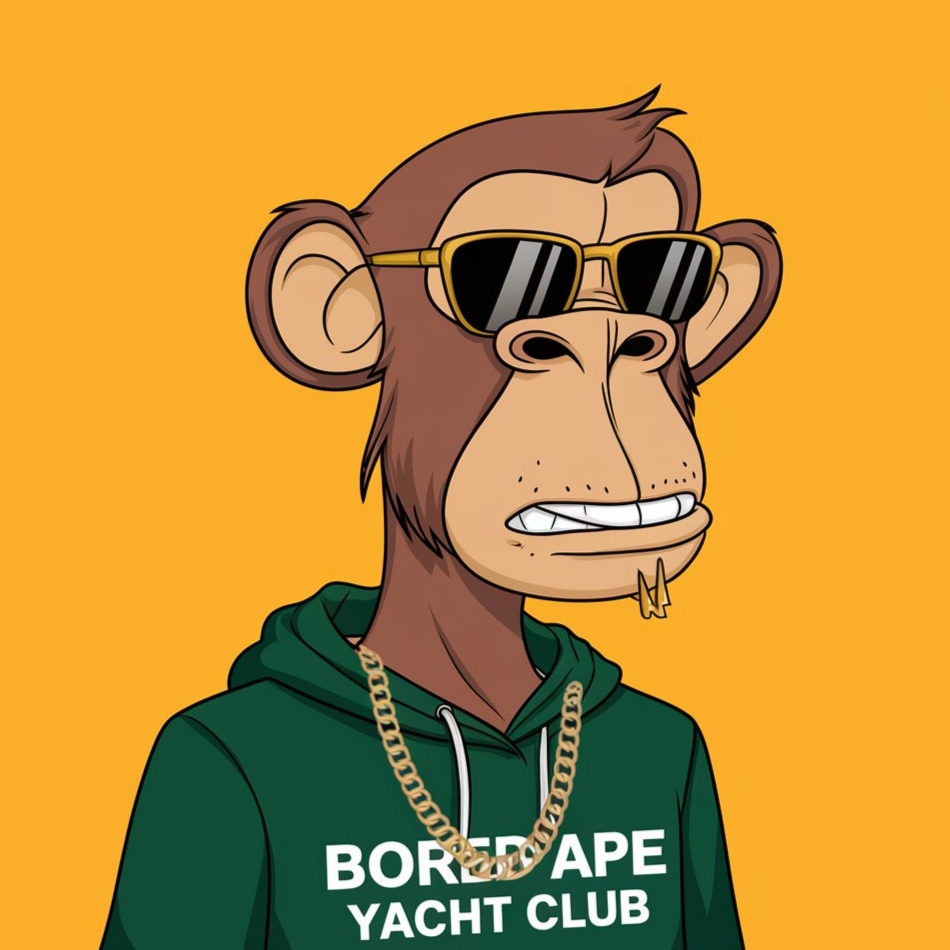Back
SHIV DIXIT
CHAIRMAN - BITEX IND... • 1y
📖 DAILY BOOK SUMMARIES 📖 🚀 12 Lessons from 👉 🔥 Contagious , Buld word of mouth 🔥 ✨ By Jonah Berger ✨ 1. Social Currency • People share things that make them look good • To drive word-of-mouth, brands must provide consumers with "social currency"—something that enhances their self-image or makes them appear knowledgeable or cool. The more exclusive or novel something is, the more likely it is to be shared • Tactics: Offer something remarkable, use scarcity, or make people feel like insiders e.g., secret clubs or exclusive offers 2. Triggers • Top-of-mind leads to tip-of-tongue • Products or ideas are more likely to be shared when they are associated with everyday cues or triggers. If something frequently comes to mind, it's more likely to be discussed • Example: The association of peanut butter with jelly can make people think of a peanut butter brand when they hear the word "jelly" • Tactics: Tie your product or message to common, daily triggers e.g., time, location, or related activities 3. Emotion • When we care, we share • Content that evokes strong emotions—whether positive or negative—is more likely to be shared. High-arousal emotions (like awe, excitement, anger, or humor) spur people to action and make them more likely to spread information • Example: Viral charity campaigns often evoke empathy or compassion, driving people to share • Tactics: Craft messages or products that generate emotional responses, particularly ones that inspire high arousal 4. Public • Built to show, built to grow • People are more likely to imitate others if they can see what others are doing. The more visible a product or behavior is, the more likely it is to spread • Example: Apple made its white earbuds iconic, turning users into walking advertisements • Tactics: Create products or marketing strategies that are highly visible and easily observable e.g., branding elements, public usage 5. Practical Value • People like to share useful information • People share things that are helpful, useful, or provide practical value. Content that teaches, solves problems, or offers tips and tricks tends to get shared because it benefits others • Example: "How-to" videos, life hacks, and product reviews are shared because they provide tangible benefits • Tactics: Highlight the practical value of your product or message. Make information clear, actionable, and easily shareable 6. Stories • Information travels under the guise of idle chatter • People love to share stories and narratives. Effective marketing embeds products and messages within compelling stories that people will retell. Stories provide a natural structure for spreading information • Example: Subway’s Jared Fogle weight loss story became a viral narrative that promoted the brand • Tactics: Create a "Trojan Horse" story—one that engages people while embedding your brand or product message 🔗Read more points and download whole book freely from comment section🔗

Replies (3)
More like this
Recommendations from Medial
Only Buziness
Everything about Mar... • 2m
The Liking Principle in marketing is simple yet powerful — people prefer to say “yes” to those they like. Whether it’s a friendly tone, shared values, or attractive visuals, consumers are more likely to trust and buy from relatable brands. When marke
See MoreOnly Buziness
Everything about Mar... • 7m
“Believe What You Want: How Confirmation Bias Drives Clicks, Loyalty, and Sales” Confirmation bias is the tendency to seek, interpret, and remember information that supports what we already believe—while ignoring opposing views. News outlets often t
See MoreHimanshu Rathee
Check my linkdin • 9m
I have shared crazy information about fake hiring and fake universities certificate how a person landed 12 lakh per annum job with a fake IIT certificate on my LinkedIn hope you will like that information it is a bit not shown and some more it is a
See MoreAccount Deleted
Hey I am on Medial • 6m
this reddit user created a prompt that stops ChatGPT from hallucinating prompt - REALITY FILTER – CHATGPT Never present generated, inferred, speculated, or deduced content as fact. If information cannot be directly verified, respond with: “I c
See More
Download the medial app to read full posts, comements and news.







































